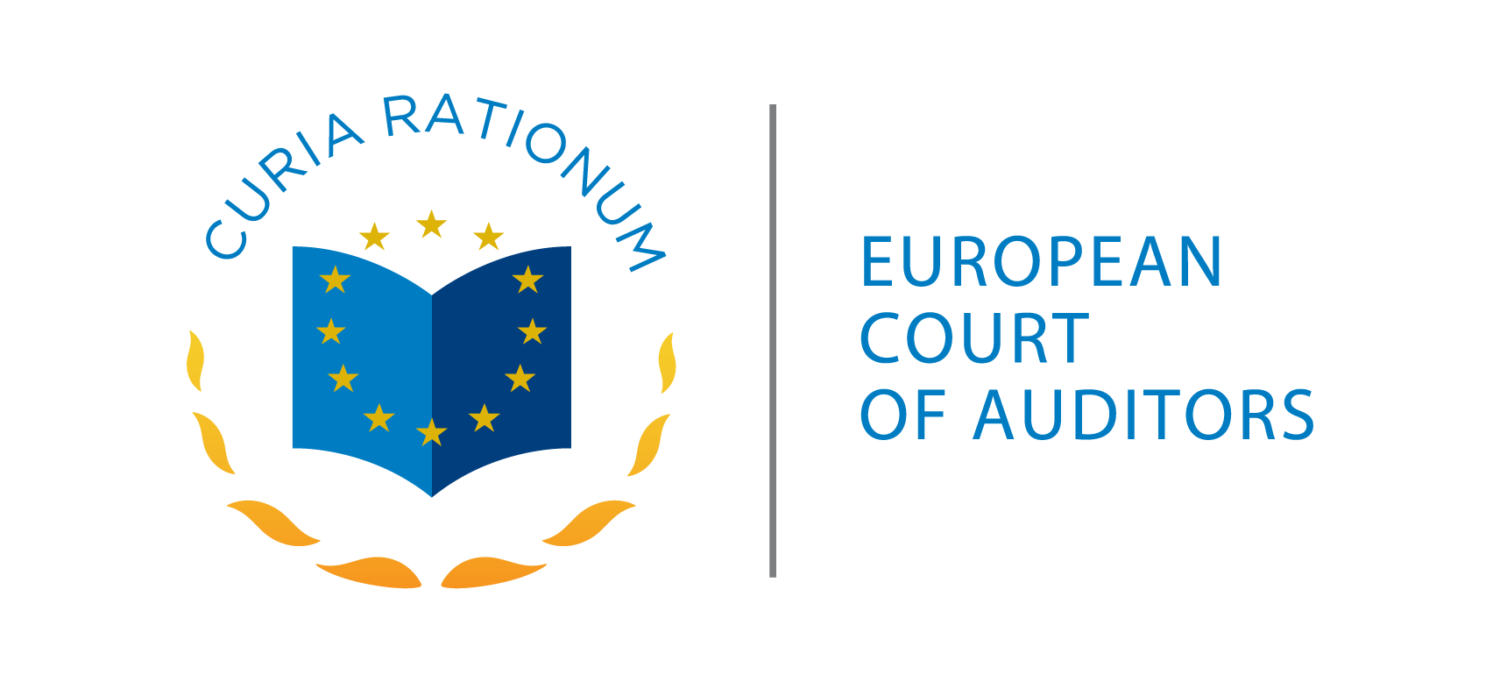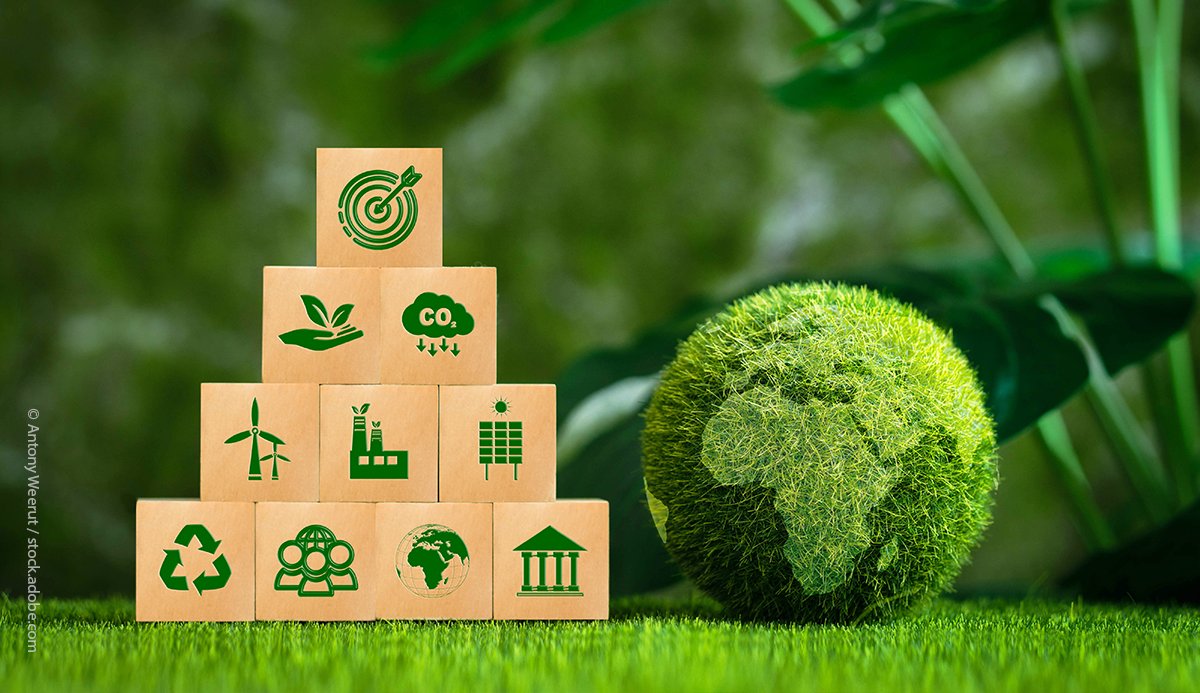EU auditors see 2030 climate and energy targets at risk
> The effects of the pandemic contributed to the EU achieving its 2020 climate and energy targets, especially the one on energy efficiency.
> Reporting on the climate and energy performance of the EU and its member states lacks transparency, which makes it difficult to learn lessons.
> The EU performs well by global comparison in reducing greenhouse gas emissions, but does not account for all its emissions.
In October 2022, the European Commission reported that the EU had reached its three 2020 climate and energy targets. This success was not due to EU climate action alone, according to the auditors. As an example, they note that the EU-27 would most likely not have reached its 2020 energy efficiency target without the lower energy consumption resulting from the 2009 financial crisis and the COVID-19 pandemic. Nevertheless, the EU’s assessment of its green performance is not clear about the impact of external factors.
The auditors also found a lack of transparency regarding the way EU member states reached their national binding targets through flexible arrangements: some EU countries did not contribute as expected and used other means to achieve their targets, such as buying emissions allocations or renewable energy shares from other member states that had exceeded their targets. The auditors found little information on the actual cost to the EU budget, national budgets and the private sector of achieving the targets and on the actions that proved successful. This makes it difficult for citizens and stakeholders to determine whether the EU is pursuing its overall targets cost-effectively and to learn lessons for the upcoming 2030 targets.
“We need more transparency on the performance of the EU and its member states on their climate and energy actions” said Joëlle Elvinger, the ECA member who led the audit. “We also believe that all greenhouse gas emissions caused by the EU should be accounted for, including those stemming from trade and international aviation and shipping. This is important as the EU has committed itself to being a global leader in the transition towards climate neutrality”.
The auditors confirm that the EU is performing well compared to other industrialised countries in reducing greenhouse gas emissions. However, the EU does not account for all its emissions, which would be around one tenth higher if those caused by trade, international aviation and shipping were included.
Looking ahead, a particular concern is that there is no sign of sufficient financing being made available to reach the more ambitious 2030 targets, particularly from the private sector, which is expected to contribute significantly. The Commission has also reported that EU countries collectively lack ambition in pursuit of the 2030 energy efficiency target, the corresponding 2020 target having already proven the hardest one to achieve. Some proposals to further raise the 2030 targets (notably the Fit-for-55 and REPowerEU proposals) will further increase financing needs. They also involve assumptions which either do not sufficiently consider known issues (e.g. energy dependency on Russia) or – as previous audits have shown – do not materialise as planned (e.g. that member states will implement existing policies in full).
Background information
To respond to climate change, the EU has set itself increasingly ambitious targets on reducing greenhouse gas emissions, increasing the use of renewable energy and promoting energy efficiency. Under EU rules, member states had to submit National Energy and Climate Plans for the 2021-2030 period. By 30 June 2023, member states will have to submit updated draft plans reflecting the increased ambition of the EU targets, which then need to be finalised by mid-2024. This audit report is expected to help the Commission to assess these draft plans, and the member states to finalise them. The EU has committed to spending at least 30 % of its 2021-2027 EU budget on climate action – about €87 billion per year. This is less than 10 % of the total investment needed to reach the 2030 targets, estimated at around €1 trillion per year. The remaining investment is expected to come from national and private funding.
Special report 18/2023, “EU climate and energy targets: 2020 targets achieved, but little indication that actions to reach the 2030 targets will be sufficient”, is available on the ECA website. Numerous reports on the subject of climate change have been published in recent years.
Contact
Create your account for free to access the MediaConnect communicators contacts
Let's go!Media

Login to
download this media

ECA-Office-14-5-jpg

Login to
download this media

ECAHorLogoColourOutlineMasterEnglishEnglish-png

Login to
download this media


